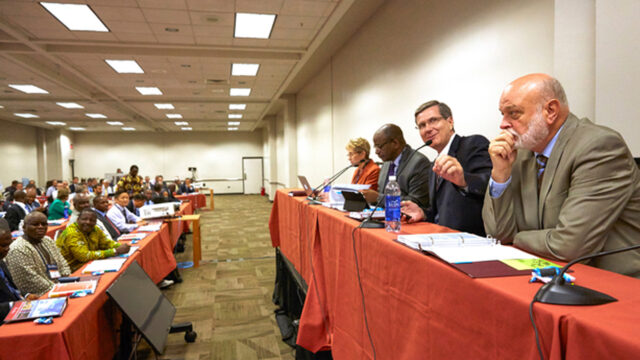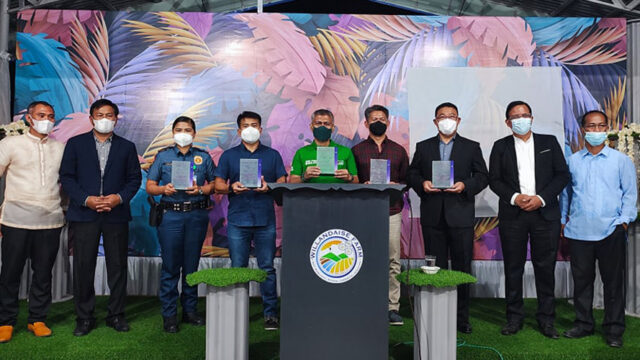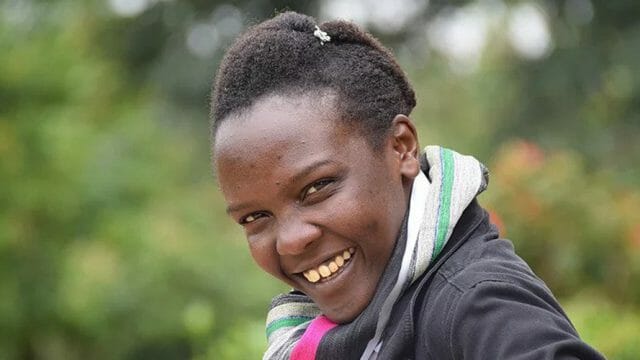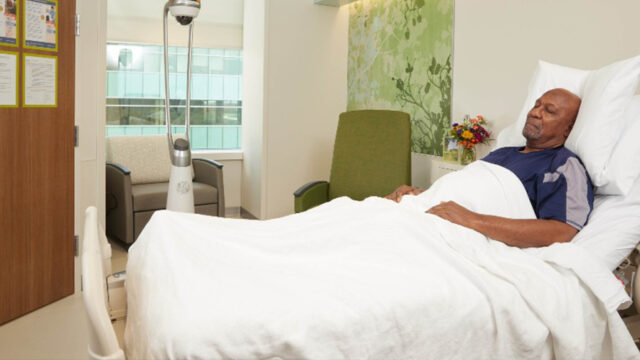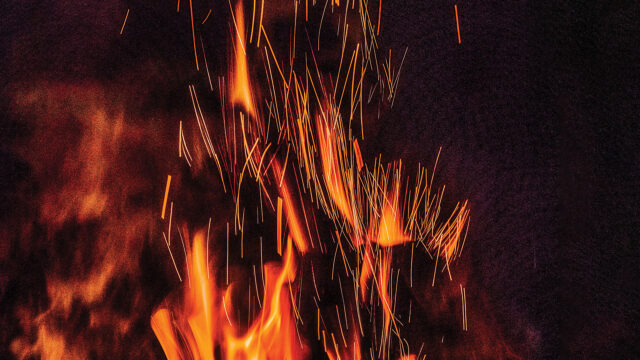Amid ongoing aftershocks, members assist the displaced and hurting.
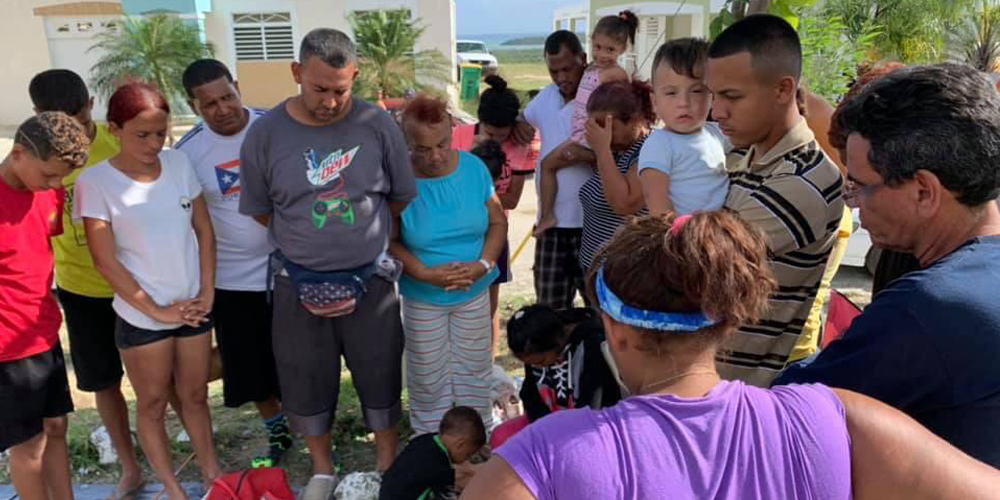
As dozens of aftershocks have shaken Puerto Rico before and after a major earthquake on January 7, 2020, the Seventh-day Adventist Church there is still providing help and hope to hundreds who are living in tents and feeling uneasy about their new normal: being displaced and uncertain of what each day will bring.
“We are dealing with the same day in and day out with tremors, sometimes twice or three times a day, and seeing uncertainty in the faces of so many people,” said Jose Alberto Rodríguez, president of the Adventist Church in Puerto Rico.
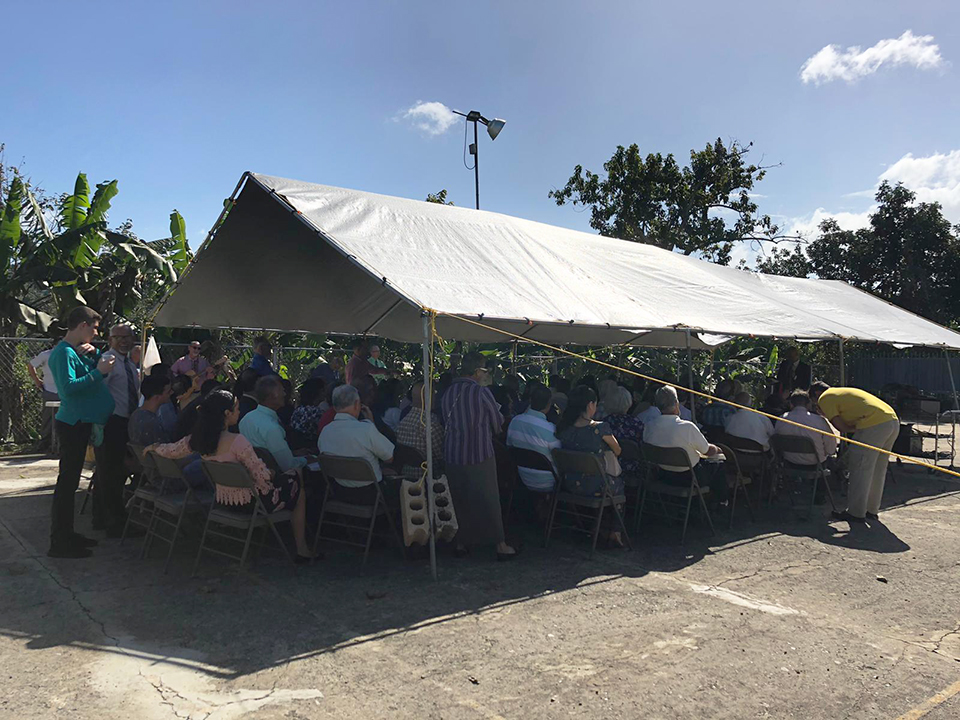
Fifty-five church families have been affected by the earthquakes on the island, Rodríguez reported. Fifteen lost their homes in Guayanilla, Ponce, and Peñuelas, and some lost homes on the eastern side of the island. “More than 8,000 people are staying in shelters, including dozens of our members,” he said. “Our members across the island in the north, east, and west are assisting the most affected church families, while the Adventist Development and Relief Agency [ADRA] in Puerto Rico is assisting in many communities.”
ADRA and other non-government organizations in Puerto Rico provided 200 tents and 1,500 blankets in the affected communities.
Every day, church leaders travel to Guayanilla in the south, the epicenter of the earthquake, and visit members in the community to assess their needs and offer encouragement.
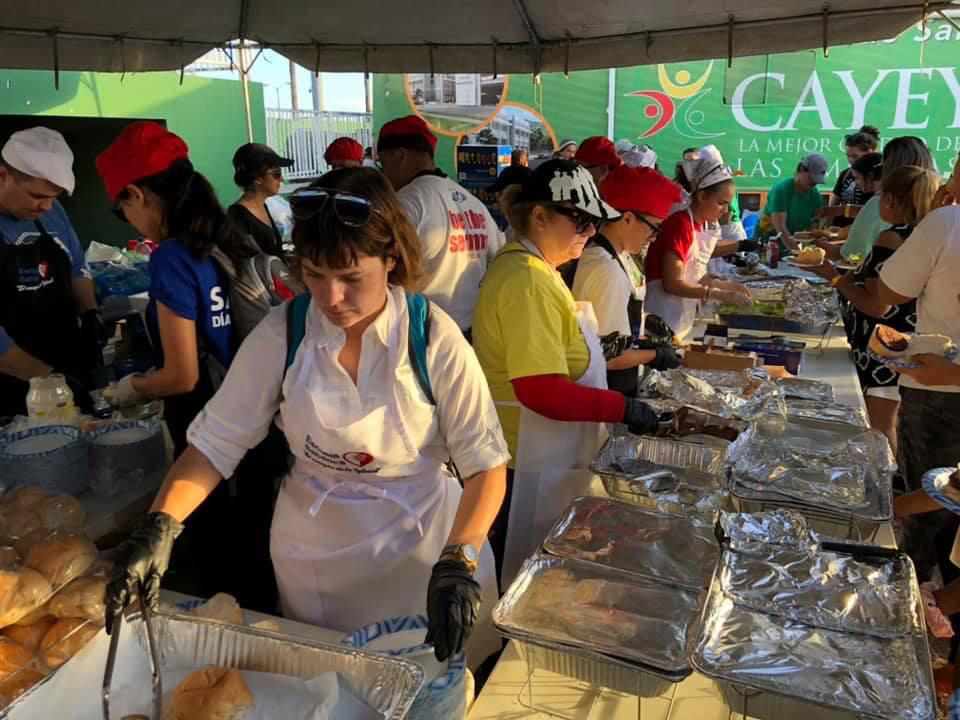
“Hot meals are being provided every day, and most of those in tents are receiving food and basic comfort possible at this time,” Rodríguez said. Church services continue to be under tents every week, and pastors and teachers across the Adventist Church are offering counseling and prayers as Puerto Ricans try to deal with the lingering scars of Hurricane Maria, economic and political distress, and the displacement that the earthquake tremors have caused.
Church members are taking part in writing letters of spiritual encouragement to the 400 families who are in a shelter and in need of hope through this process, according to Rodríguez.
“We are trying very hard to care for those affected in a personal way, providing shelter, showers, kitchen appliances, and psychological support,” he said.
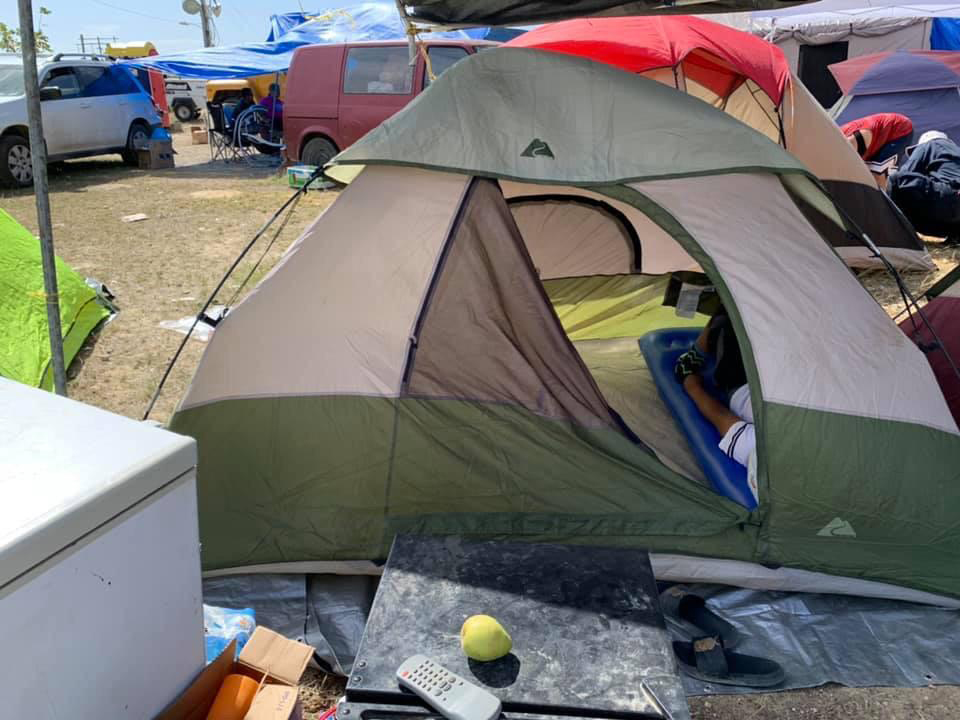
School is back in session at 10 of the 13 primary and secondary church schools across the island. Three church buildings are not available for services in the south of the island, but worship services have not stopped, he said. The church’s university in Mayaguez resumed classes at the end of January.
Many church members have had to move to other cities and towns, and many have left the island or are looking for ways to leave, Rodríguez explained. “It’s hard, you know? You can see their faces; they are tired, sad, and living with fear and uncertainty. Sometimes a hug or a prayer doesn’t move them to feel better.”
“It’s like we are experts in hurricanes here, we are like meteorologists for hurricanes, but with this earthquake, we are learning so much because we have never lived through something so difficult like this,” Rodriguez said. “There’s no need for food or water, nor major supplies here right now. The most needed is prayers and help from professionals to help those who are displaced.”
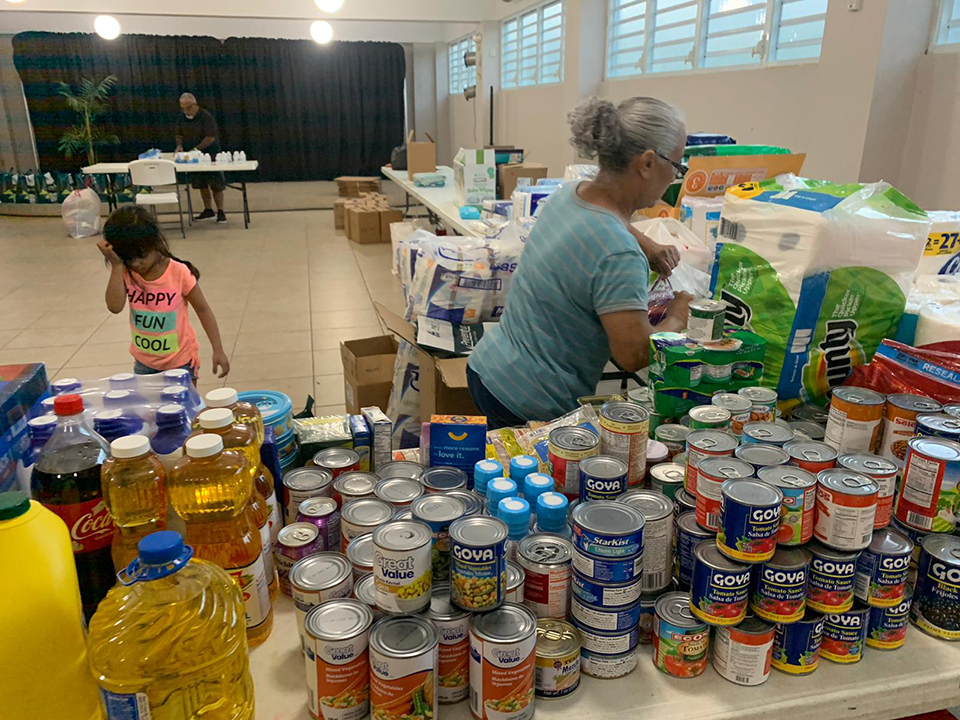
Rodríguez said that he has been in talks with the Inter-American Division (IAD) health ministries department to coordinate with Loma Linda University’s psychological trauma team of experts to provide one-on-one interventions to church and community members in the weeks ahead. The dates are being coordinated for before the end of the month, he said.
“I don’t know how, but God is keeping up the growth of the church here,” Rodríguez said. With such a great exodus in membership during the past four years and more than 400 fewer students across the church-run schools since Hurricane Maria in 2017, “somehow we are still afloat,” he said. “I don’t understand it, but God has not abandoned us, we are making it through. I see that His mercies are forever.”
The original version of this story was posted on the Inter-American Division news site.


